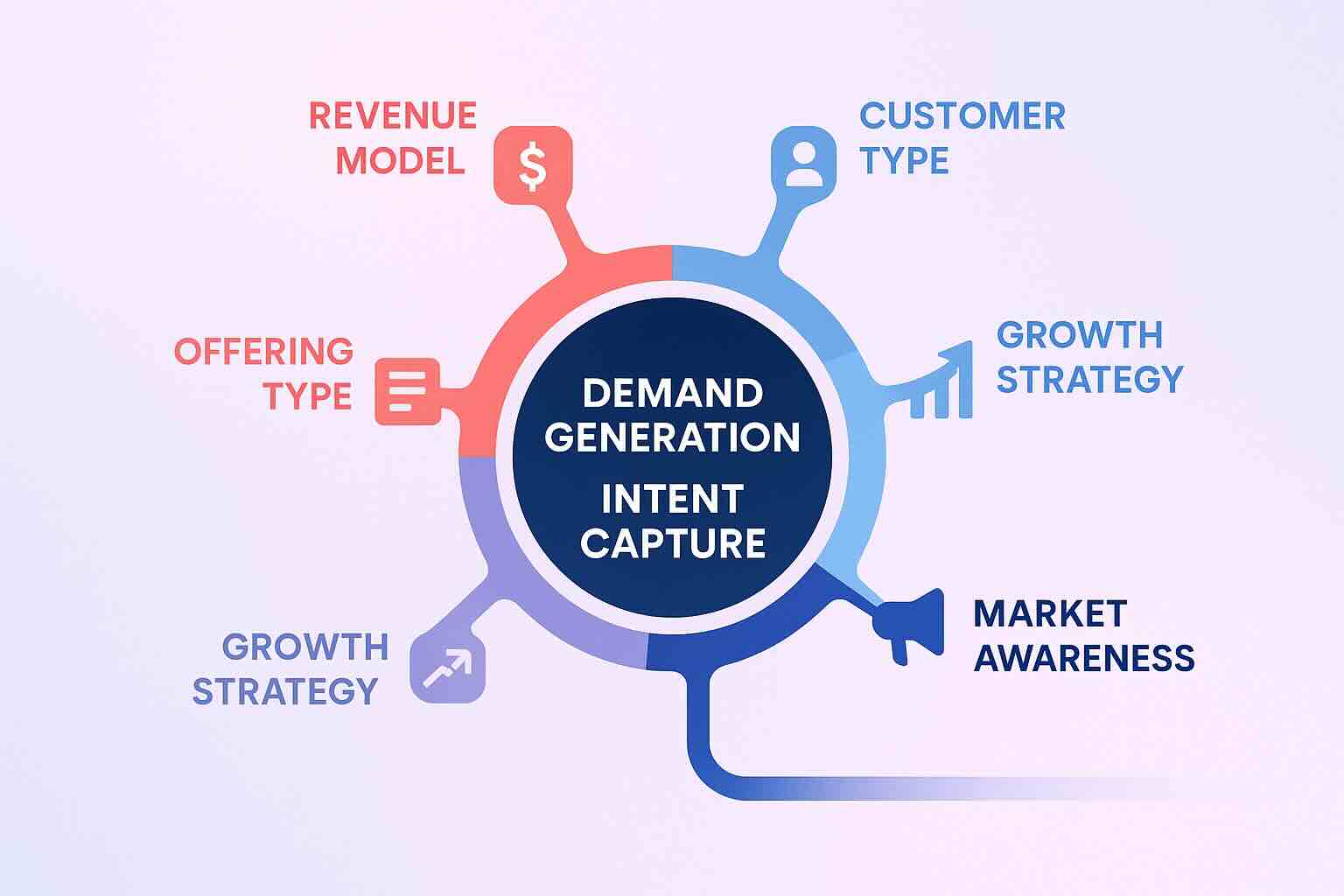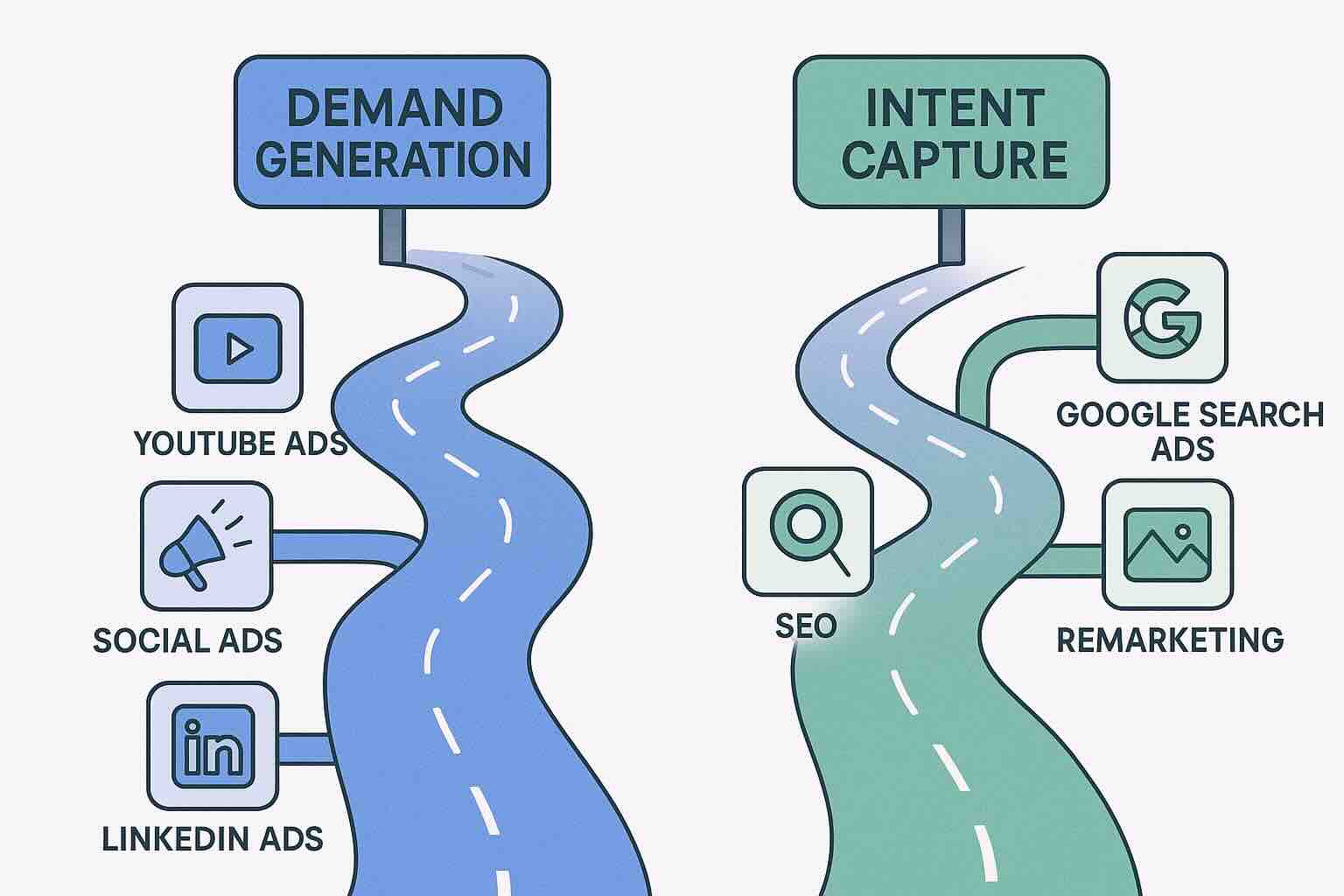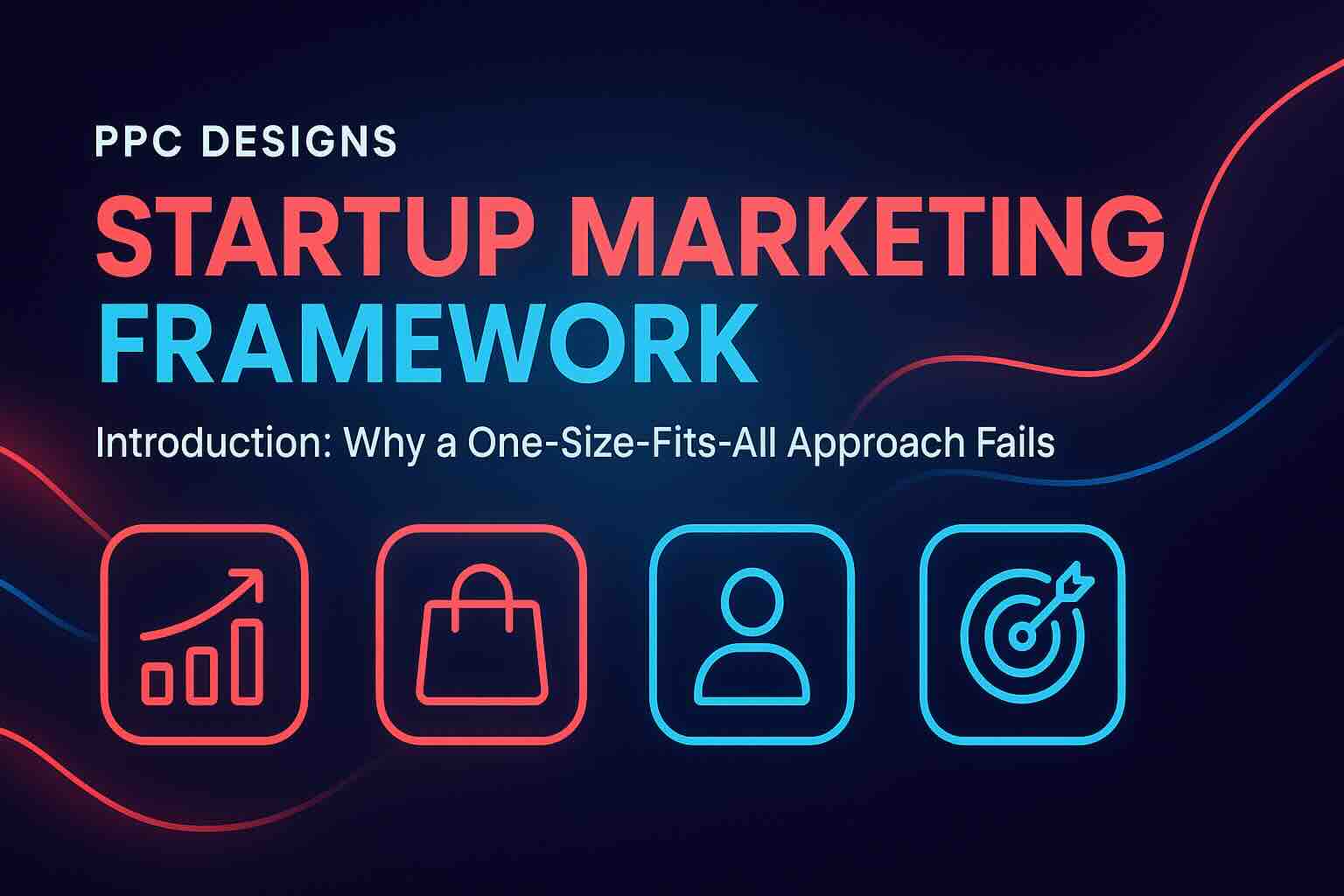PPC Designs Startup Marketing Framework by Joel Bondorowsky
Most marketing playbooks fail startups. Here’s the battle-tested framework we use to help founders go from confusion to clarity—and growth.
Introduction: Startups Don’t Need More Hacks—They Need a Guide
You didn’t start your company to become a full-time marketer. But here you are, knee-deep in ad dashboards and funnel diagrams, trying to figure out why nothing’s working.
Maybe you’ve burned cash on campaigns that didn’t convert.
Maybe you copied someone else’s playbook and got nowhere.
Maybe you feel like you’re guessing your way through growth.
That ends now.
At PPC Designs, we don’t just run ads. We guide startups to find the right marketing path for their business model, stage, and market. This framework—developed by Joel Bondorowsky—is built on two decades of experience helping high-growth startups scale smart.
Joel’s track record includes work with companies like Wix, Similarweb, and Semrush. He’s also worked with dozens of lean startups looking to punch above their weight. He’s seen what works—and what doesn’t—across different business models, growth stages, and budgets.
You don’t need to wing it. You need a plan from someone who’s been there.
Step 1: Clarify the Problem (Before You Waste Another Dollar)

These five variables define which growth path your startup should take: Demand Generation or Intent Capture. This framework helps you stop guessing and start aligning strategy to your reality.
Most startups don’t struggle because they’re bad at marketing. They struggle because they’re using the wrong approach for their unique situation.
The first step of our framework is figuring out where you stand. We start by identifying:
- Your revenue model (SaaS? E-commerce? Marketplace?)
- Your offer (Product? Service? Platform?)
- Your customer type (B2B, B2C, B2B2C?)
- Your growth style (Marketing-led, product-led, sales-led?)
- Your market’s awareness level (Do they know they need you?)
Based on your answers, we match you to one of two strategic paths:
- Demand Generation (for low-awareness markets)
- Intent Capture (for solution-aware buyers)
This helps eliminate random experimentation and brings immediate clarity.
Step 2: Build the Right Foundations
Before any marketing tactic will work, your foundation must be solid. That’s why we start here:
- Positioning: We define who your ideal customer is, what you help them solve, and how to communicate it clearly.
- Funnels: We map out the buyer journey from Awareness to Retention so your marketing follows a logical flow.
- Tracking: We help you implement GA4, GTM, and dashboards to make data-driven decisions.
Many startups skip this step. That’s a mistake we won’t let you make.
Step 3: Follow the Right Growth Path

The two core marketing paths for startups: Demand Generation (for low-awareness audiences) and Intent Capture (for solution-aware buyers). Each requires a different strategy, and this framework shows you where to focus.
Your growth path depends on your product and market fit. We focus on what will drive results—not just activity.
Path A: Demand Generation
This path is for startups building interest from scratch.
- Paid social campaigns (Meta, LinkedIn, YouTube)
- Lead magnets and email nurture flows
- Retargeting ads that bring people back
- PLG tactics if applicable
Path B: Intent Capture
This path fits markets where people are already searching.
- Google Search and Shopping ads
- Also Retargeting Ads to high intent users
- Long-term SEO strategies
- Funnel testing with clear metrics like LTV:CPA
No matter the path, you’ll have a system—not just a set of tools.
Step 4: Apply What Fits Your Model
Your business model determines your strategy. We don’t offer one-size-fits-all tactics.
Here’s how we tailor your playbook:
- E-commerce: Product feed optimization, cart recovery, loyalty campaigns
- SaaS: Freemium-to-paid funnels, onboarding, and retention flows
- Mobile apps: ASO, app campaigns, and push notification workflows
- Marketplaces: Geo-targeted landing pages, trust-building, supply-demand balance
- B2B/Enterprise: LinkedIn ABM, webinar funnels, and sales enablement kits
You’ll stop guessing and start using tactics built for your specific setup.
Step 5: Scale Like a Pro
Once the basics are in place, we guide you through the scale-up process.
- A/B testing that leads to real improvements
- Monthly optimization routines
- Smart budget allocation
- Channel expansion without the burn
Growth becomes predictable when each move has a purpose.
Step 6: Learn from Startups Who’ve Done It
You’re not the first to go through this. We’ve helped startups just like yours:
- Uncover what’s broken in their marketing
- Follow a path that fits their model
- Scale with clarity, speed, and efficiency
We share real-world examples, lessons learned, and common traps to avoid.
CTA: Book a Free Strategy Call
If you’re done with marketing guesswork and ready for a clear plan, let’s talk.
Book your free call now and we’ll walk through your current situation and show you how we’d apply the framework to grow your startup.
You don’t need another tactic. You need a guide who understands your journey.
